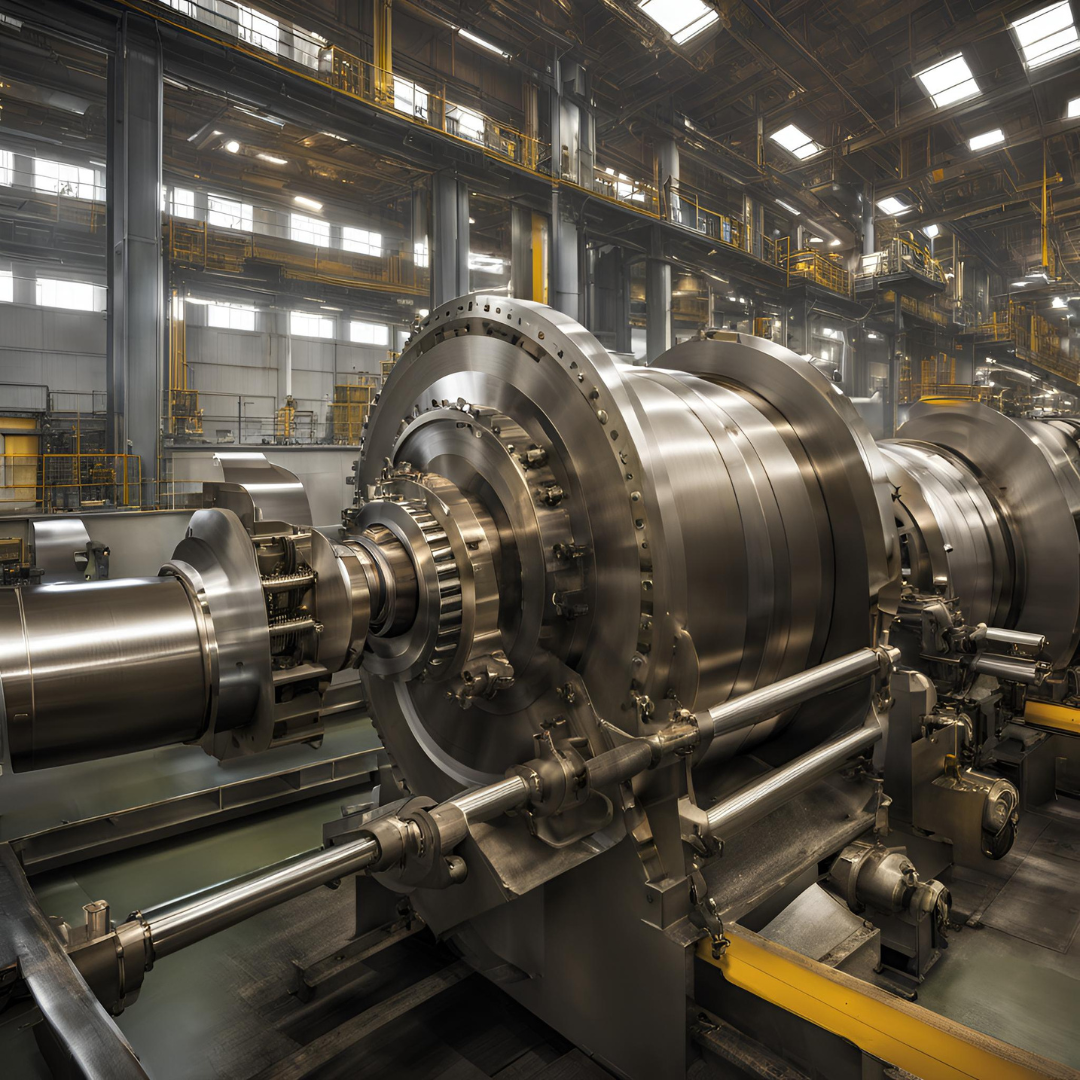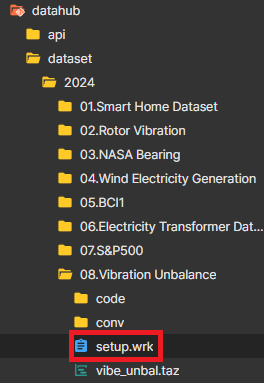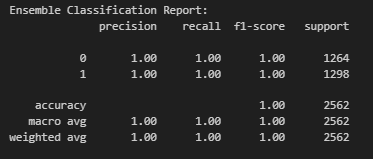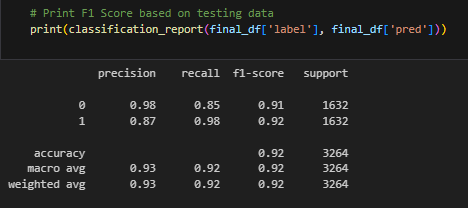Rotating Shaft Vibration Data

This post describes how to perform AI learning based on vibration data of a production facility shaft and detect abnormalities.
Table of Contents
- Data Introduction
- Data Visualization with Machbase Neo
- Table Creation and Data Upload in Machbase Neo
- Experimental Methodology
- Experiment Code
- Experimental Results
1. Data Introduction
- DataHub Serial Number: 2024-8.
- Data Name: Rotating Shaft Vibration Data.
- Data Collection Methods: Vibration data was collected at a rate of 4096 samples per second through three sensors, inducing an imbalance on the shaft using weights of various widths.
- Data Source: Link
- Paper : Link
- Raw data size and format: 11GB, CSV.
- Number of tags: 60.
- Each tag has 6 instances.
| TAG | DESCRIPTION |
|---|---|
| V_in | Input voltage values. |
| Measured_RPM | Rotational speed of the rotating body. |
| Vibration_1 | Data from the first vibration sensor. |
| Vibration_2 | Data from the second vibration sensor. |
| Vibration_3 | Data from the third vibration sensor. |
| Unbalance_Factor | Unbalance values. |
- Data Time Range: 2024-10-07 00:00:00 to 2024-10-07 01:46:42.999.
- Number of data records collected: 988,692,480.
- CSV data URL: https://data.yotahub.com/2024-8/datahub-2024-08-vibration_unbalance.csv.gz
- Data Migration: Rotating Shaft Vibration Data Migration

2. Data Visualization with Machbase Neo
- Data visualization is possible through the Tag Analyzer in Machbase Neo.
- Select desired tag names and visualize them in various types of graphs.

- Below, access the 2024-8 DataHub in real-time, select the desired tag names from the data of 60 tags, visualize them, and preview the data patterns.
DataHub Viewer
3. Table Creation and Data Upload in Machbase Neo
- In the DataHub directory, use setup.wrk located in the Rotating Shaft Vibration Dataset folder to create tables and load data, as illustrated in the image below.

1) Table Creation
- The table is created immediately upon pressing the "Run" button in the menu.
- If the vibe_unbal table exists, execute the first line and then the second. If it does not exist, start from the second line.

2) Data Upload
- Loading tables in two different ways.
Method 1) Table loading method using TQL in Machbase Neo (since machbase-neo v8.0.29-rc1
-
Pros
- Machbase Neo loads as soon as you hit the launch button.
-
Cons
- Slower table loading speed compared to other method.

Method 2) Loading tables using commands
-
Pros
- Fast table loading speed.
-
Cons
- The table loading process is cumbersome.
- Run cmd window - Change machbase-neo path - Enter command in cmd window.
- If run the below script from the command shell, the data will be entered at high speed into the vibe_unbal table.
curl http://data.yotahub.com/2024-8/datahub-2024-08-vibration_unbalance.csv.gz | machbase-neo shell import --input - --compress gzip --header --method append --timeformat ns vibe_unbal
- If specify a separate username and password, use the --user and --password options (if not sys/manager) and add the options as shown below.
curl http://data.yotahub.com/2024-8/datahub-2024-08-vibration_unbalance.csv.gz | machbase-neo shell import --input - --compress gzip --header --method append --timeformat ns vibe_unbal --user USERNAME --password PASSWORD
4. Experimental Methodology
- Model Objective: Rotating Shaft Anomlay Detection.
- Tags Used: 0th group tags, 1th group tags.
- Model Configuration: XGBoostClassifier Ensemble.
- Learning Method: Supervised Learning.
- Train: Model Training.
- Test: Model Performance Evaluation.
- Model Performance Metric: F1 Score.
- Data Loading Method
- Loading the Entire Dataset.
- Loading the Batch Dataset.
- Data Preprocessing
- Preprocess three datasets, each corresponding to different vibration data.
- Hanning Window.
- Fast Fourier Transform.
- MinMax Scaling.
- Principal Component Analysis.
5. Experiment Code
- Below is the code for each of the two ways to get data from the database.
- If all the data can be loaded and trained at once without causing memory errors, then method 1 is the fastest and simplest.
- If the data is too large, causing memory errors, then the batch loading method proposed in method 2 is the most efficient.
Method 1) Loading the Entire Dataset
- The code below is implemented in a way that loads all the data needed for training from the database all at once.
- It is exactly the same as loading all CSV files (The only difference is that the data is loaded from Machbase Neo).
- Pros
- Can use the same code that was previously utilizing CSVs (Only the loading process is different).
- Cons
- Unable to train if trainable data size exceeds memory size.
- The entire code can be run through 8.Vibe_Unbal_General.ipynb.
Method 2) Loading the Batch Dataset
- Method for loading data from the Machbase Neo for a single batch size.
- The code below is for fetching a time range sequentially for a single batch size.
- Pros
- It is possible to train the model regardless of the data size, no matter how large it is.
- Cons
- It takes longer to train compared to method 1.
- The entire code can be run through 8.Vibe_Unbal_New_Batch.ipynb.
6. Experimental Results
Method 1) Loading the Entire Dataset Result

Method 2) Loading the Batch Dataset Result

- The F1 score for loading the entire dataset resulted in 1.0, loading the batch dataset resulted in 0.92.
- Machine learning algorithms like XGBoost do not seem well-suited for batch learning.
※ Various datasets and tutorial codes can be found in the GitHub repository below.
datahub/dataset/2024 at main · machbase/datahub
All Industrial IoT DataHub with data visualization and AI source - machbase/datahub